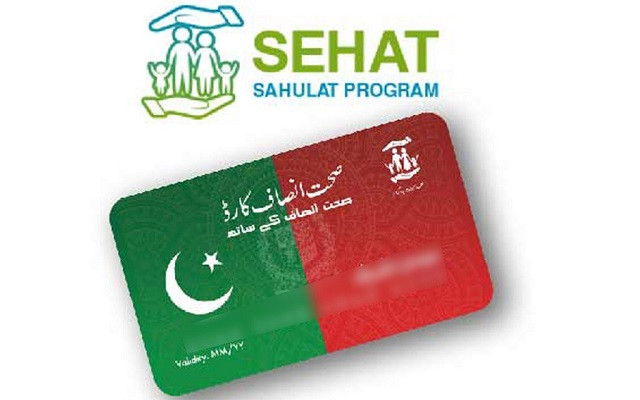
Amidst growing public outcry and concerns raised by the Pakistan Tehreek-e-Insaf (PTI) party regarding perceived changes in the previous Khyber-Pakhtunkhwa (K-P) government’s flagship health insurance program, Sehat Card Plus, Health Secretary Mahmood Aslam Wazir clarified the government’s commitment to providing healthcare services to all
residents of the province without discrimination.
A day prior to this clarification, Health Advisor Dr. Riaz Anwar had announced that the program was linked with the Benazir Income Support Program (BISP) and the NADRA database.
It was also stated that free treatment would only be provided to individuals with a monthly income of Rs37,000 or below.
This announcement garnered widespread criticism, particularly in light of rising inflation, soaring petroleum prices, and increasing electricity bills, which were already placing a heavy burden on the middle and lower-income
segments of society.
The caretaker provincial government had been grappling with the escalating costs associated with the Sehat Card
program. This financial strain had led to instances where the insurance company halted medical treatments on five separate occasions in recent months due to unpaid dues.
Read Insurer asked to restore treatment on Sehat Card
Secretary Mahmood Aslam Wazir emphasized that the recent efforts were part of a broader plan to enhance
healthcare accessibility and transparency within the region. Under the Sehat Card Plus initiative,healthcare services remain accessible to everyone,ensuring that no individual is excluded based on their economic status. The program was designed to offer quality healthcare services to all residents of K-P.
He outlined the key highlights of the Sahat Card Plus program, emphasizing t r a n s p a r e n c y a n d sustainability.
Proposals had been developed and approved by the provincial cabinet to enhance program transparency and ensure its sustainability. These reforms aimed to bring greater transparency to the healthcare program, making it more effective in
reaching those in need.
As part of the newly i n t r o d u c e d r e fo r m s , secondary treatments would be provided free of charge to the entire population. This meant that residents of K-P could access essential healthcare services withoutfacing financial barriers.
S e c r e t a r y W a z i r underscored that the program prioritized serving the underprivileged.
Approximately 65 percent of the impoverished population would receive p r i o r i t y t r e at m e n t , ensuring that those in the greatest need would receive the care they rightfully deserved.
To sustain the program, a cost-sharing mechanism would be implemented for those who could afford it, approximately 35 percent of the population. This approach would ensure that the burden of funding priority treatment was distributed equitably.
In a bid to enhance transparency and maintain the quality of care, the s e l e c t i o n p r o c e d u r e for hospitals had been strengthened. Specific medical procedures andoperations would be exclusively available in government hospitals,
further assuring high-quality care


1722852598-0/BeFunky-collage-(2)1722852598-0-165x106.webp)
1737595568-0/Untitled-design-(66)1737595568-0-165x106.webp)



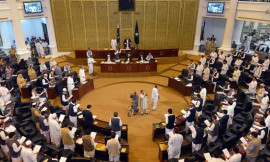



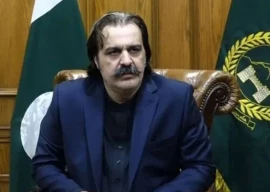

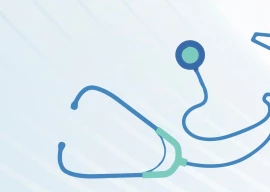

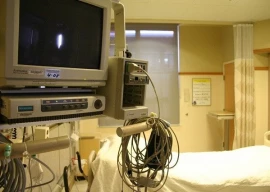
1736070587-0/Express-Tribune-(2)1736070587-0-270x192.webp)
1737452260-0/Gaddafi-stadium-(2)1737452260-0-270x192.webp)
1737531830-0/Saim-Ayub-injury-(2)1737531830-0-270x192.webp)


1737462113-0/justin-(3)1737462113-0-270x192.webp)






COMMENTS
Comments are moderated and generally will be posted if they are on-topic and not abusive.
For more information, please see our Comments FAQ